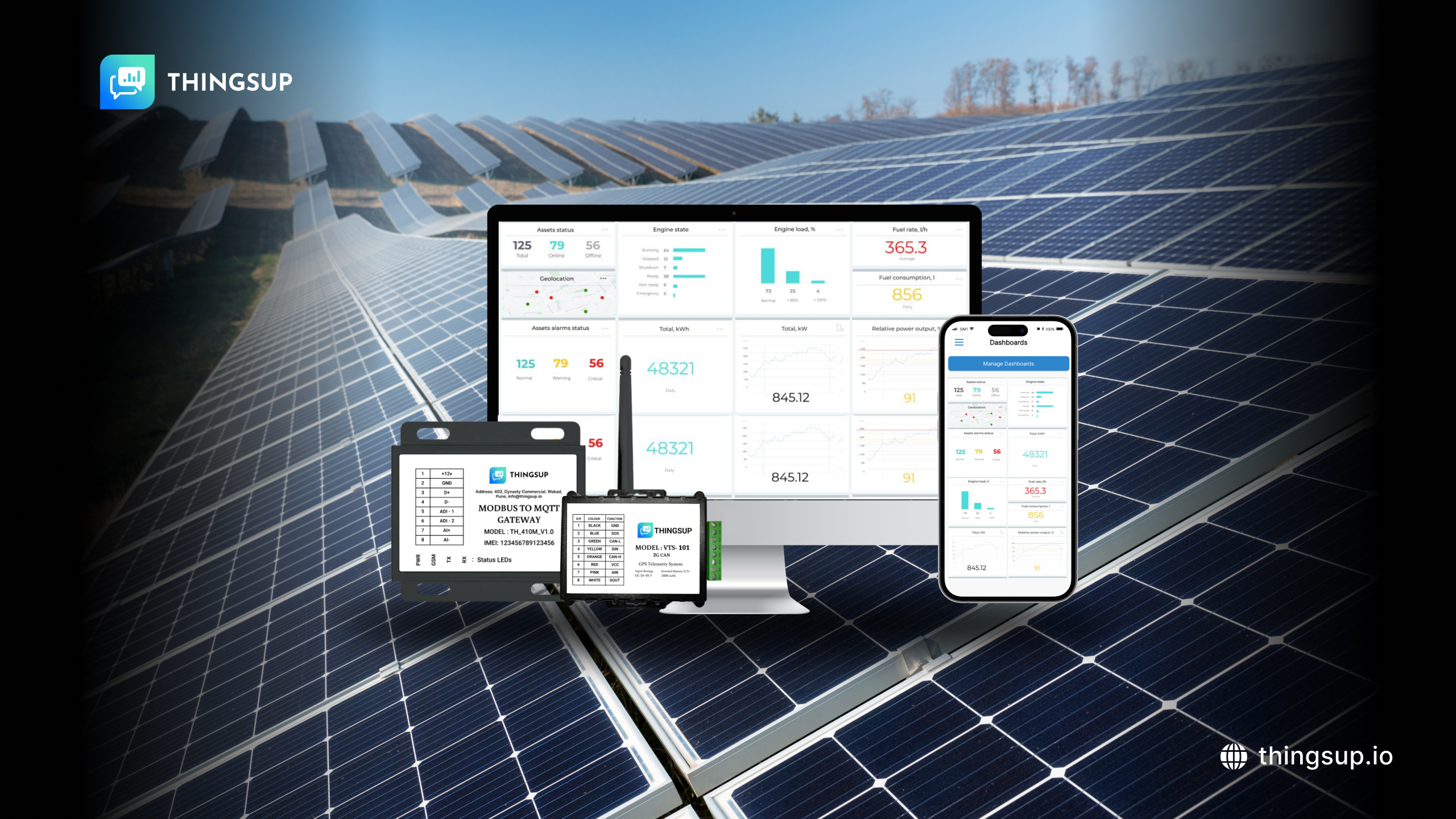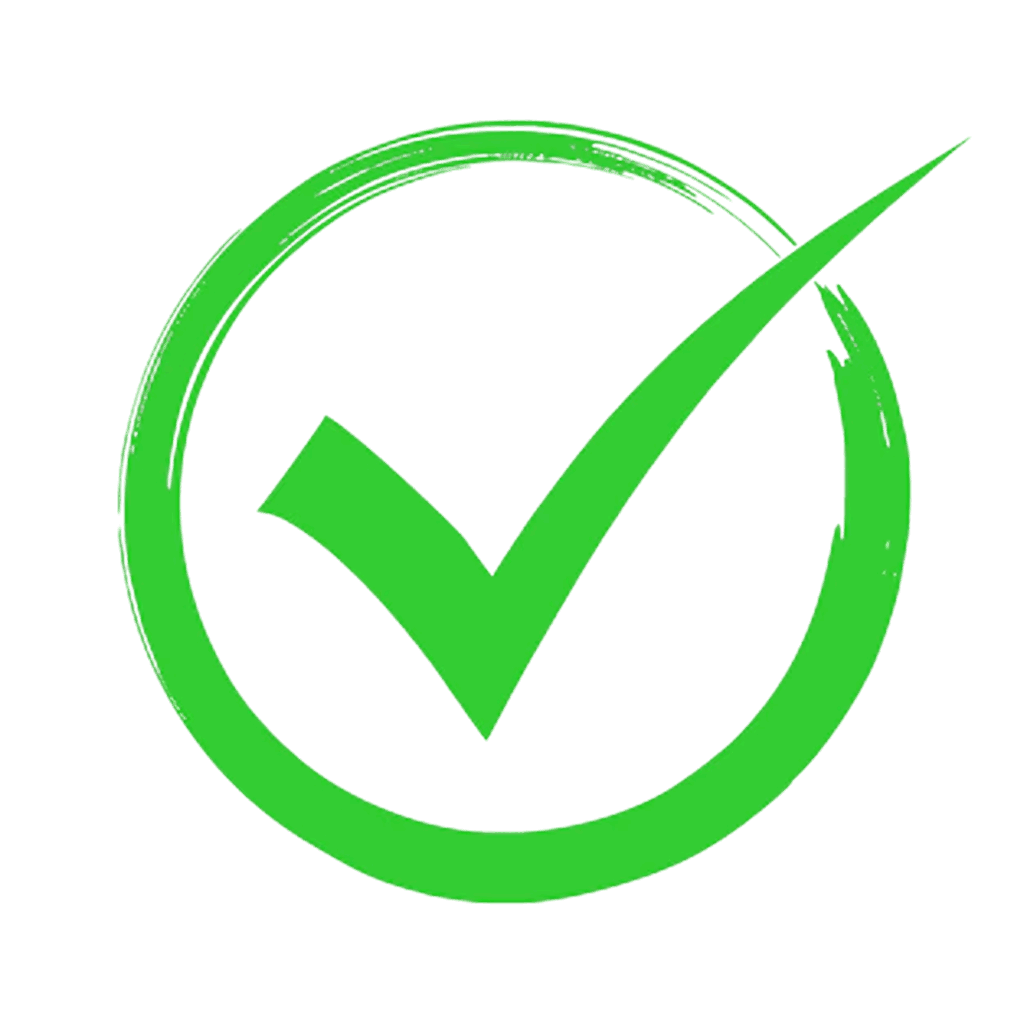Introduction
In an era of rapid technological advancement and growing environmental concerns, integrating renewable energy sources into daily life has become critical. Solar power technology experienced a significant development when Internet of Things (IoT) entered the market. IoT technology provides instant data collection abilities, performance evaluation, and predictive maintenance techniques to achieve maximum energy production and extended system lifetime. This detailed guide explains all aspects of implementing an IoT-based solar power monitoring system, including its elements, benefits, and implementation approaches.
Why IoT in Solar Power Monitoring Systems?
Traditional solar power system monitoring methods lack real-time insights, leading to inefficiencies, unexpected failures, and revenue losses. IoT-based solutions offer several advantages:
Real-Time Data Acquisition– Solar power systems gain immediate access to operating data and energy output results from IOT sensors that offer performance metrics as well as environmental condition data.
Remote Monitoring & Management –Users can assess their solar systems anytime through mobile web platform access for remote management.
Predictive Analytics –AI-driven predictive analysis through artificial intelligence allows users to predict equipment failures before their occurrence.
Automated Alerts & Reporting –Users receive automated alerts through notifications concerning both system malfunctions and performance drops.
Through IoT algorithms, the maximum possible utilization of available sunlight occurs while minimizing wastage.
Key Components of an IoT-Based Solar Monitoring System
An effective IoT-based solar monitoring system consists of several interconnected components:
Component | Function |
Sensors | Measure solar irradiance, temperature, voltage, current, and panel health. |
IoT Gateways | Transmit collected data from sensors to the cloud for further processing. |
Cloud Platform | Store, analyze, and provide insights into solar energy production. |
User Interface | Web or mobile applications displaying real-time system performance. |
Connectivity Modules | Enable communication between sensors and cloud via Wi-Fi, LoRa, or GSM. |
Data Analytics & AI | Optimize energy production and predict maintenance requirements. |
Benefits of IoT-Based Solar Power Monitoring
Real-Time Monitoring & Insights
Solar panel performance gets tracked constantly through IoT sensors, which monitor systems during all day hours. Getting real-time insights creates immediate solutions for irregularities, thus minimizing energy waste and enhancing operational efficiency.
Improved Energy Efficiency
IoT-powered systems maintain high energy production efficiency through data analysis by automating panel angle adjustments while scheduling cleaning procedures and powering distribution for performance enhancement.
Predictive Maintenance & Reduced Downtime
Solar panel maintenance expenses decrease and operational longevity increases through this proactive preventive system.
Remote Monitoring & Control
Using IoT-based remote access functionality, customers gain the ability to check and regulate the status of their solar power systems using mobile applications combined with web dashboard systems. Solar farms, along with distant locations experience specific advantages from this functionality.
Data-Driven Decision Making
The extensive data collection by IoT platform makes it possible to perform detailed examination and prediction tasks. The collected data enables organizations to maximize energy efficiency, develop concrete expansion plans, and improve their return on investment (ROI).
Scalability & Flexibility
Solar monitoring systems that use IoT technology provide a framework that works smoothly across residential and industrial power systems. Energy storage solutions and distribution systems can integrate with their flexible operation capabilities.
Enhanced Safety & Security
The installation of IoT sensors helps identify equipment problems, which include overheating as well as circuit breakdowns and external damages thus enabling preventive measures to reduce system risks.
How IoT-Based Solar Power Monitoring Works
- Data Collection: Sensors gather performance metrics like temperature, voltage, current, and solar irradiance.
- Data Transmission: IoT gateways transmit data securely to cloud platforms using protocols like MQTT, HTTPS, or LoRaWAN.
- Data Processing & Analytics: Cloud-based AI algorithms analyze trends, detect anomalies, and generate actionable insights.
- User Dashboard: Real-time performance metrics are displayed on user-friendly web or mobile interfaces.
- Optimization & Control: Automated adjustments improve energy efficiency, while manual controls allow users to customize settings.
Applications of IoT-Based Solar Power Monitoring Systems
Energy monitoring system that leverage IoT technology provide flexibility to suit diverse applications within different industrial sectors.
Residential Solar Installations
Householders who adopt IoT systems can keep track of their rooftop solar panels’ operations and their energy cost savings together with energy cost savings, and system performance verification. The system enhances household energy independence and decreases electricity expenses significantly.
Commercial and Industrial Use
Businesses gain market advantage through IoT monitoring platform because these devices help them minimize operational costs and maximize their energy efficiency. Solar farms that operate on a significant scale achieve maximal advantages from systems that combine predictive maintenance and ongoing performance monitoring.
Smart Cities and Urban Planning
The establishment of intelligent sustainable cities depends strongly on IoT-enabled solar power systems. These methods reduce energy waste and lower greenhouse gas emissions while enabling eco-friendly programs.
Remote and Off-Grid Locations
The Internet of Things controls solar systems in locations beyond grid service ranges to deliver a steady power supply. The real-time monitoring system confirms that the stay is operational under challenging environmental conditions.
Educational Institutions and Research Facilities
IoT data enables universities, along with research facilities, to research solar energy trends through advanced technological development and provide students with renewable energy educational resources.
What’s Next?
Renewable energy management experiences significant change through IoT-based solar power monitoring systems. The combination of real-time data with predictive analytics alongside remote monitoring enables businesses and homeowners to decrease their solar costs and effectively enhance their solar performance.
Let us help you unlock the full potential of solar energy, reduce costs, and contribute to a more sustainable future for generations to come.






